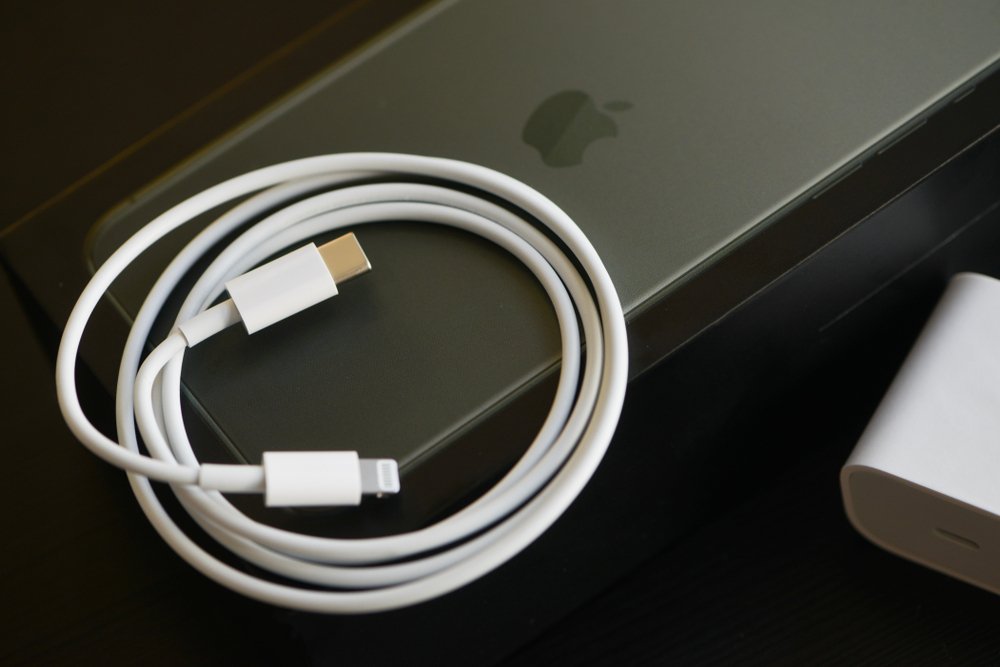If you’ve recently bought a new smartphone, tablet, or laptop, chances are it came with a Type C charging cable. But what is it exactly, and why is it becoming the new standard for charging and data transfer? In this ultimate guide, we’ll dive deep into the world of Type C charging cables, exploring everything you need to know about this game changing technology. From its compatibility with various devices to its impressive fast charging capabilities, you’ll soon discover why USB Type C is the future of charging and data transfer.
Understanding USB Type C: A Brief History
USB Type C, or simply USBC, was first introduced in 2014 as the newest addition to the Universal Serial Bus (USB) family. Developed by the USB Implementers Forum, a group of tech industry leaders that includes Apple, Google, and Microsoft, it aimed to create a single, universal cable that could be used across a wide range of devices. Since then, USBC has quickly become the standard for charging and data transfer in smartphones, tablets, laptops, and other electronic devices.
The Advantages of Type C Charging Cables
USBC offers several significant advantages over its predecessors, making it the go to choice for both manufacturers and consumers alike.
Some of the key benefits include:
- Reversible design:Unlike older USB cables, the USBC connector is symmetrical, meaning it can be inserted in any orientation. No more fumbling around trying to find the right way to plug it in!
- Faster data transfer:With USBC, data transfer speeds can reach up to 10 Gbps, doubling the speed of the previous USB 0 standard.
- Increased power delivery:USBC cables are capable of delivering up to 100W of power, making them suitable for charging larger devices like laptops.
- Smaller size:The USBC connector is smaller and more streamlined, allowing for slimmer and more compact device designs.
Type C Charging Cable Compatibility
One of the most significant advantages of USBC is its broad compatibility with a wide range of devices. Most new smartphones, tablets, and laptops now come equipped with USBC ports, replacing older standards like microUSB and USB Type A.
Additionally, USBC is backward compatible with older USB standards through the use of adapters, meaning you can still connect your older devices to a USBC port. However, it’s important to note that using adapters may result in slower charging and data transfer speeds compared to a native USBC connection.
Fast Charging with USBC Chargers
One of the key features of USBC is its ability to support fast charging, which can significantly reduce the time it takes to charge your devices. Fast charging technologies like Qualcomm’s Quick Charge, Samsung’s Adaptive Fast Charging, and Apple’s USBC Power Delivery all rely on USBC cables to deliver the increased power needed for rapid charging.
To take advantage of fast charging, you’ll need both a USBC charger and a compatible device. It’s essential to use a high-quality cable that supports the proper power delivery levels, as cheaper alternatives may not be able to handle the increased power and could potentially damage your devices.
USBC Cable Lengths and Materials
USBC cables come in a variety of lengths and materials to suit different needs and preferences. Most cables range from 3 feet to 10 feet, with some manufacturers offering even longer options. When choosing a cable length, consider how far away your device will be from the power source and whether you’ll need the extra length for added convenience.
Cable materials can also vary, with some cables featuring braided nylon exteriors for added durability and resistance to tangling. Others may use TPE (thermoplastic elastomer) or PVC (polyvinyl chloride) materials for a more flexible, lightweight feel.
USBC Cable Durability and Lifespan
Like any other cable, the durability and lifespan of a USBC cable depend on its build quality and how it’s used. A high-quality cable with reinforced connectors and a robust exterior material will generally last longer than a cheaper, less well-made alternative. Additionally, proper cable management, such as avoiding tight bends and not yanking the cable out by the cord, can significantly extend the life of your USBC cable.
Choosing the Right Type C Charging Cable for You
When selecting a Type C charging cable, consider the following factors:
- Compatibility: Make sure the cable is compatible with your specific device and any adapters or chargers you plan to use.
- Power delivery: If you plan to use fast charging, ensure the cable supports the necessary power levels for your device.
- Length: Choose a cable length that suits your needs, whether you need a shorter cable for portability or a longer one for added convenience.
- Material and durability: Consider investing in a cable with a durable exterior material and reinforced connectors for a longer lifespan.
Conclusion: Embracing the Future of Charging
With its versatile compatibility, fast charging capabilities, and streamlined design, it’s no wonder that USB Type C has quickly become the new standard for charging and data transfer across a wide range of devices. By understanding the ins and outs of Type C charging cables, you can make an informed decision when selecting the right cable for your needs and fully embrace the future of charging technology.





